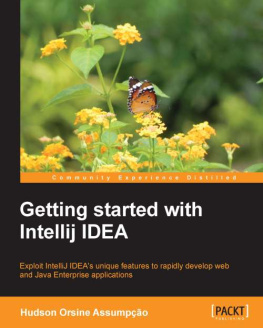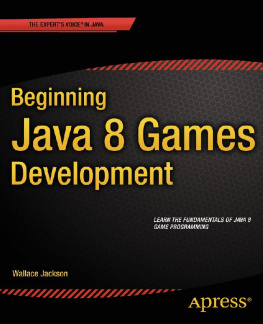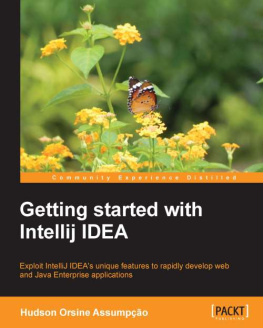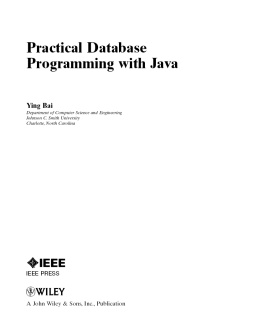Ted Hagos - Beginning IntelliJ IDEA: Integrated Development Environment for Java Programming
Here you can read online Ted Hagos - Beginning IntelliJ IDEA: Integrated Development Environment for Java Programming full text of the book (entire story) in english for free. Download pdf and epub, get meaning, cover and reviews about this ebook. year: 2022, publisher: Apress, genre: Computer. Description of the work, (preface) as well as reviews are available. Best literature library LitArk.com created for fans of good reading and offers a wide selection of genres:
Romance novel
Science fiction
Adventure
Detective
Science
History
Home and family
Prose
Art
Politics
Computer
Non-fiction
Religion
Business
Children
Humor
Choose a favorite category and find really read worthwhile books. Enjoy immersion in the world of imagination, feel the emotions of the characters or learn something new for yourself, make an fascinating discovery.
Beginning IntelliJ IDEA: Integrated Development Environment for Java Programming: summary, description and annotation
We offer to read an annotation, description, summary or preface (depends on what the author of the book "Beginning IntelliJ IDEA: Integrated Development Environment for Java Programming" wrote himself). If you haven't found the necessary information about the book — write in the comments, we will try to find it.
Ted Hagos: author's other books
Who wrote Beginning IntelliJ IDEA: Integrated Development Environment for Java Programming? Find out the surname, the name of the author of the book and a list of all author's works by series.
Beginning IntelliJ IDEA: Integrated Development Environment for Java Programming — read online for free the complete book (whole text) full work
Below is the text of the book, divided by pages. System saving the place of the last page read, allows you to conveniently read the book "Beginning IntelliJ IDEA: Integrated Development Environment for Java Programming" online for free, without having to search again every time where you left off. Put a bookmark, and you can go to the page where you finished reading at any time.
Font size:
Interval:
Bookmark:
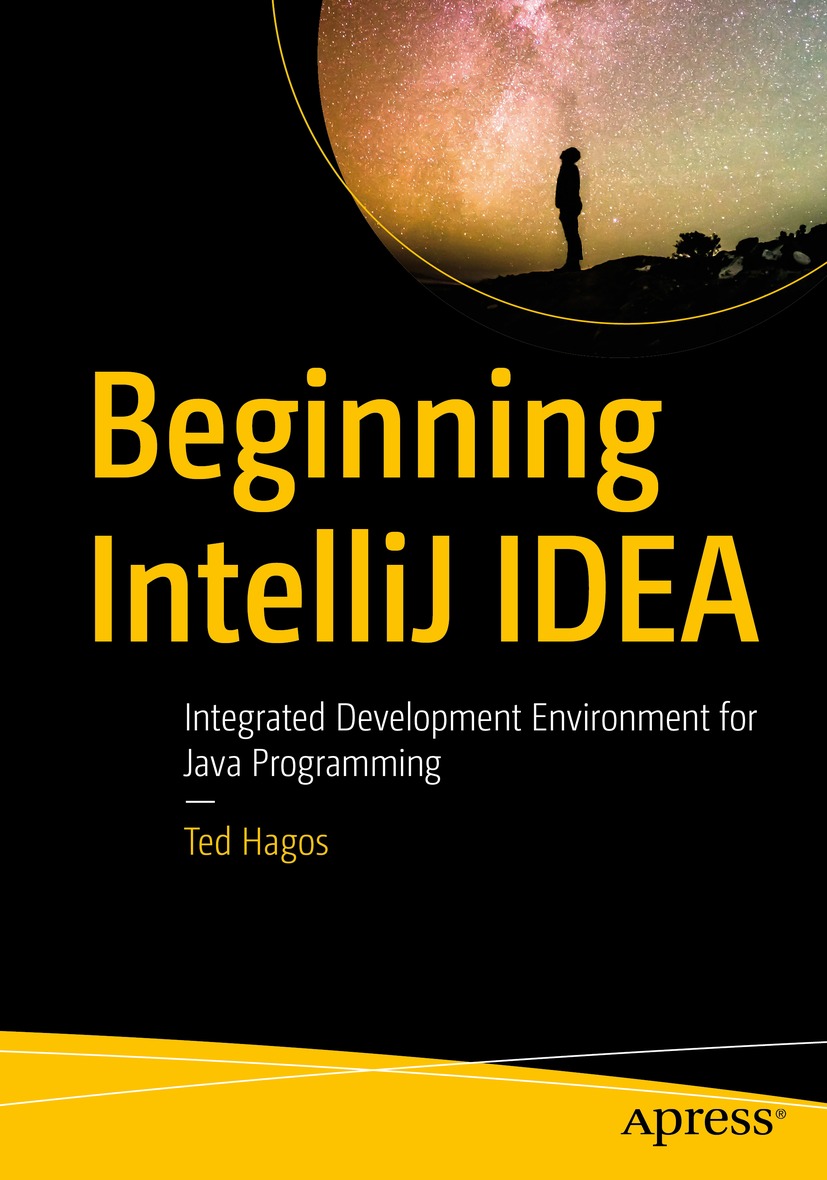

This Apress imprint is published by the registered company APress Media, LLC part of Springer Nature.
The registered company address is: 1 New York Plaza, New York, NY 10004, U.S.A.
For Adrianne, Stephanie, JB, and Charlie.
Welcome to Beginning IntelliJ IDEA. Youve already downloaded IntelliJ IDEA, played around with it a bit, and maybe even used it in a small project. Now, you want to understand it a bit more so you can take advantage of the productivity tools the evangelists at JetBrains are harping about thats why you bought this book (thank you, by the way). Well, the book aims to do just that to get you more productive.
IDEA is a big and robust IDE. Theres more than one way to get something done sometimes its in the toolbar, other times its in the context menu or the main menu bar, and lots of times, the task has a keyboard shortcut. The keyboard shortcut is always the fastest. Whenever possible, I included the keyboard shortcuts for the tasks presented in the chapters so you can improve your keyboard-fu.
IntelliJ supports various programming languages, but the book is Java-centric, so its aimed squarely at Java devs. IntelliJ is a commercial IDE, but there is a community edition that you can download and use (free of charge). I used the community edition for most parts of the book. Whenever I performed a task that required the Ultimate Edition (paid version), I indicated it in the book.
Chapter Well walk through the installation and setup of IntelliJ for macOS, Linux, and Windows folks.
Chapter Well create a small project, edit our codes a bit, compile the project, and run it as well so youll get into the programming groove.
Chapter After building a small project, we will look closer at the project structure in IntelliJ. We get to examine whats inside the .idea folder.
Chapter We get to see the IDE up close and personal. In this chapter, well explore the various Tool Windows of IntelliJ.
Chapter We start exploring some of the productivity boosters in IntelliJ. Well look at code generators and some important keyboard shortcuts so you can get to where you need to be (quickly).
Chapter This chapter deals with one of IntelliJs special sauces code inspections and intentions. If youre like me cant be bothered to remember the correct syntax this chapter is especially for you. Youll learn how to quickly fix syntactical problems using the quick fix shortcut.
Chapter IntelliJ has great support for code refactoring; this chapter walks us through it.
Chapter This chapter discusses more on IntelliJs productivity boosters. This chapter discusses live templates. If youre a fan of expanding code snippets, this chapter has got your back.
Chapter Youve got to deal with errors sometimes. IntelliJs debugging facilities are top-notch, which is what this chapter is about.
Chapter IntelliJ supports a variety of source control systems. Git is very popular among devs. This chapter talks about that.
Chapter If youre a fan of unit testing and why shouldnt you be? this is for you. Well walk through the steps on how to write and run unit tests using JUnit5.
Chapter JavaFX is a popular desktop UI library for Java. This chapter provides an overview on how to get started with JavaFX in IntelliJ.
Additionally, the following online-only appendixes will be available as part of the source code, which can be accessed at github.com/apress/beginning-intellij-idea .
Appendix A (JakartaEE apps) If back-end dev is more your thing, this is for you. Well walk through how to build some simple JakartaEE apps. This is available online.
Appendix B (Customizing IntelliJ) IntelliJ works great out of the box. Most of the time, you dont need to mess around with it; but if youd like to customize it to suit your taste (or some coding standards), then this appendix is for you. This is available online.
Appendix C (Tips and Tricks) Some more developer productivity tips for you. This is available online.
Any source code or other supplementary material referenced by the author in this book is available to readers on GitHub via the books product page, located at www.apress.com/9781484274453. For more detailed information, please visit http://www.apress.com/source-code.
Loads of thanks to those who made this book possible. Special thanks to Steve Anglin and Mark Powers. Not to forget Andres Sacco, who reviewed the book and gave me many tips for improving it.
has been a professional developer since the late 1990s. Right now, hes chief technology officer and data protection officer of RenditionDigital International, a software development company based out of Dublin. In his more than 20 years in software development, Ted wore many hats, for example, team lead, project manager, architect, and director for development. He worked with quite a few languages and tech stacks through the years, like C#, C++, JavaScript, NodeJS, and Java most of it in Java. He also spent time as a trainer at IBM Advanced Career Education, Ateneo ITI, and Asia Pacific College.
has been a professional developer since 2007, working with a variety of languages, including Java, Scala, PHP, NodeJs, and Kotlin. Most of his background is in Java and the libraries or frameworks associated with it, but since 2016, he has utilized Scala as well, depending on the situation. He is focused on researching new technologies to improve the performance, stability, and quality of the applications he develops.
Font size:
Interval:
Bookmark:
Similar books «Beginning IntelliJ IDEA: Integrated Development Environment for Java Programming»
Look at similar books to Beginning IntelliJ IDEA: Integrated Development Environment for Java Programming. We have selected literature similar in name and meaning in the hope of providing readers with more options to find new, interesting, not yet read works.
Discussion, reviews of the book Beginning IntelliJ IDEA: Integrated Development Environment for Java Programming and just readers' own opinions. Leave your comments, write what you think about the work, its meaning or the main characters. Specify what exactly you liked and what you didn't like, and why you think so.

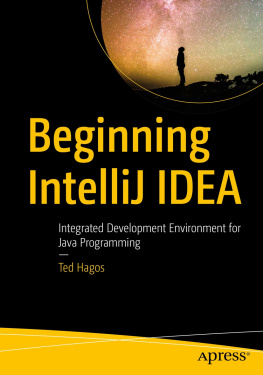

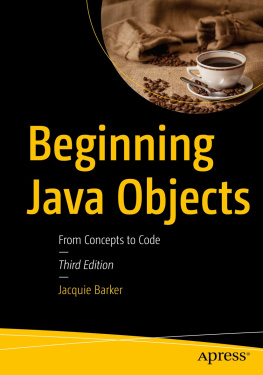
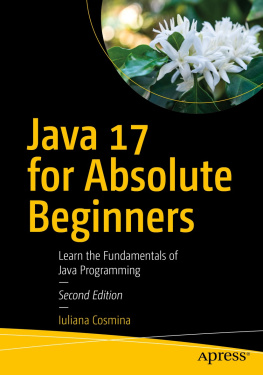
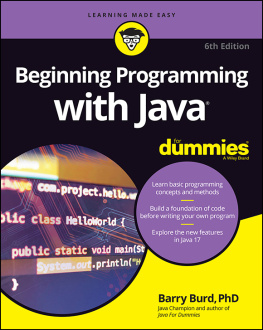
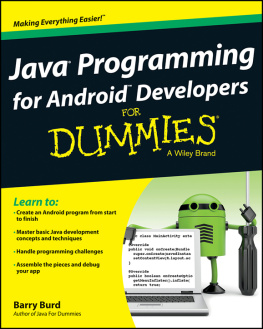
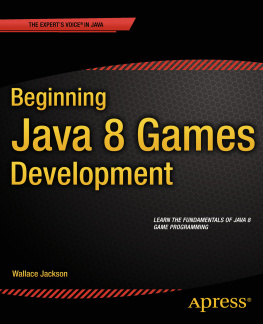
![Wallace Jackson [Wallace Jackson] - Beginning Java 8 Games Development](/uploads/posts/book/119391/thumbs/wallace-jackson-wallace-jackson-beginning-java.jpg)
